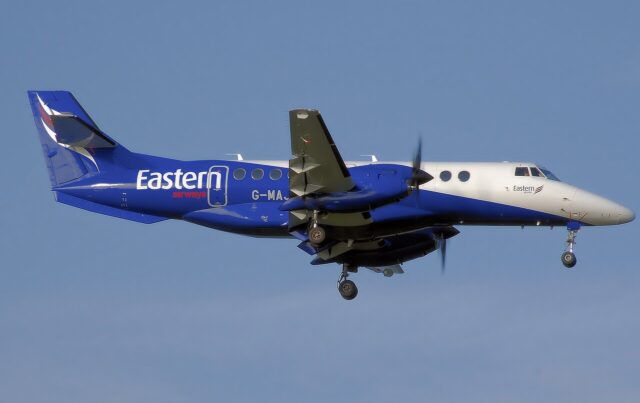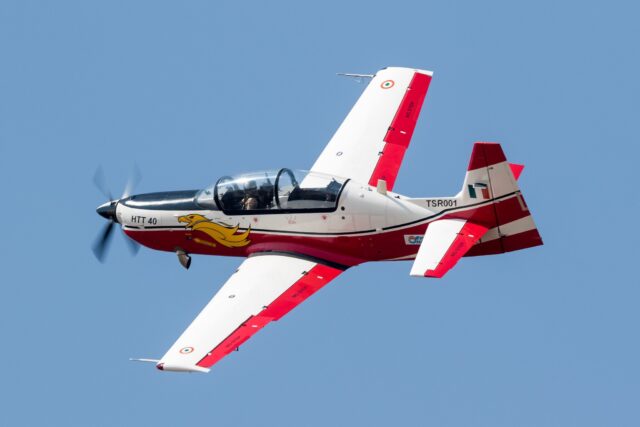UK light aircraft rules may demand cabin carbon monoxide detectors
The UK Civil Aviation Authority has launched a consultation on proposals to require piston-powered aircraft operating in the UK to carry active carbon monoxide (CO) detectors.
The requirement to carry…
The UK Civil Aviation Authority has launched a consultation on proposals to require piston-powered aircraft operating in the UK to carry active carbon monoxide (CO) detectors.
The requirement to carry either an aviation standard or commercial off the shelf active CO detector capable of alerting via aural and/or visual means, and be active when operating with any passengers on board who do not possess a recognised pilot qualification.
The proposals, which follow work undertaken by the CAA over the last three years to raise general aviation pilots’ awareness of carbon monoxide, would exempt single-seaters and aircraft with an open cockpit but encompass aeroplanes, microlights, helicopters, gyroplanes and motor gliders.
Now, the CAA wants to find out what may be holding pilots back from using this potentially lifesaving equipment, and whether it should be doing more to encourage its adoption.
A 2020 Air Accidents Investigation Branch (AAIB) review of UK accidents and incidents since 2000 identified two fatal accidents, each with two fatalities, and fifteen other events where carbon monoxide may have been a causal factor.
Carbon monoxide poisoning is a potential danger to pilots and passengers of piston engine aircraft, as the colourless, odourless gas can seep into the cockpit and cause incapacitation with little or no warning.
Piston aircraft generally generally make use of a shroud around the exhaust to transfer heat from the hot exhaust gas to the air for the cabin; the two air flows are kept separate barring such failures as a crack in the exhaust system.
The CAA tells FINN it has found that carbon monoxide issues “are often aircraft specific and depend on things like age, maintenance, whether the aircraft/exhaust has been modified, etc.”
Subscribe to the FINN weekly newsletter
















